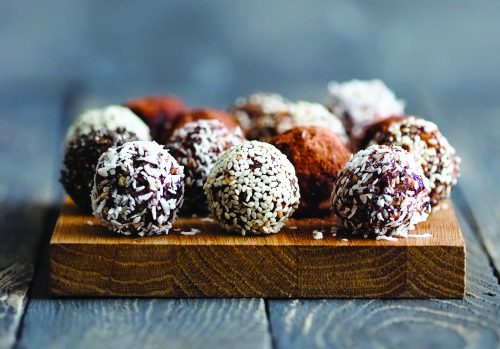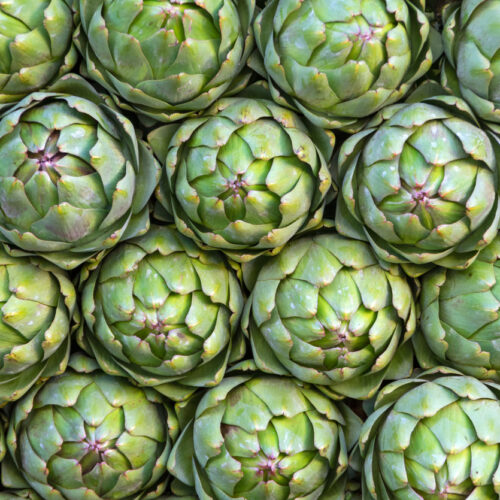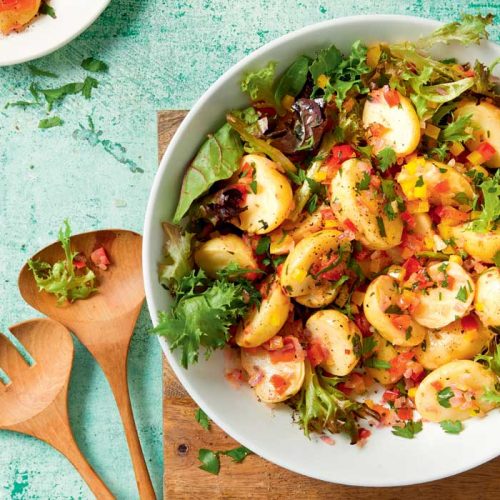
Talk to any nutrition professional about the questions they’re often asked, and a consistent theme emerges. ‘Is [insert food here] good or bad?’.
This may apply to any food you can think of. Lately, common ones that have cropped up are bliss balls, butter, green smoothies, coconut oil, fruit and fruit juice. But these can change on a weekly basis, as different foods become popular or gain exposure on social or in mainstream media.
This plays into our human desire for guidelines, rules and black-and-white solutions. It makes it easier for us to navigate the many complicated decisions we have to make every single day about what and how to eat. If we have a ‘rule’ in our minds about a particular food, in theory, it makes it easier for us to make a decision about it.
It seems intuitive that this could be helpful when you consider just how many food-related decisions we make in a day. Brian Wansink, professor and ground-breaking leader of the Food and Brands Lab at Cornell University, researched this issue a few years back.
In one study, his researchers asked 139 people to estimate how many decisions they make about food and beverages each day.
The average response was 15. However, when the volunteers answered specific questions about when, what, how much, where and with whom they ate, the researchers found they actually made an average of 221 food-related decisions each day.
That’s an incredible number. It’s easy to see why we might gravitate towards shortcuts to help us through.
Nutritionists, though, hate black-and-white rules. That’s because every one of those questions asking “is this food good or bad?”, depends on context – the very broad circumstances for each individual. So, the answer, no matter what the food in question, is almost always: “Well, it depends”.
What it depends on are the answers to: What is the rest of your diet like? What else have you eaten today, this week, or this month? What else will you eat later today, this week or this month? Do you have any diet-related health issues? What’s your lifestyle like? Are you active or inactive? Do you exercise regularly? What’s your family health history?
Being healthy or unhealthy does not depend on any one individual food. Rather, it’s a question of looking at the overall big picture.
For example, the question: “Is butter good or bad?” might come down to how much other saturated fat is in your diet; how much plant-based food you eat; whether your cholesterol levels are normal; and if you have a family history of heart disease. And, of course, how much of it are you planning to eat? And how often?
With bliss balls, it might be worth looking at the other sources of kilojoules in your diet. Do you eat whole fruit? Is weight a concern for you? Do you have issues with IBS? And how good are you at tuning into hunger cues around snacking?
The truth is, there are very, very few, if any, foods that a science-based nutrition professional will say are ‘bad’. I know this. I’ve tried many times in the past 12 years to get these very answers from our HFG nutritionists and they hate it!
There are, though, some foods they will all agree are unequivocally good. Top of that list are, of course, vegetables. You won’t find any credible nutrition professional who will disagree that the more we have of these the better.
The out-take here is that we should be very wary when we see diets, ‘lifestyles’ or any labelled way of eating, including so-called ‘clean’ eating, where there are lists of foods that are good and bad.
Healthy eating need not rely on having to keep lists like this in our heads. Healthy eating is actually relatively simple.
Although we crave rules about good and bad foods because we think it will make our decision-making simpler, in fact, they bind us into rigid, unrealistic and potentially harmful thinking around food.
So, how about this as a new rule: there are no good and bad foods – only good and bad diets. And what makes up a good diet can be different for everyone.
www.healthyfood.com










